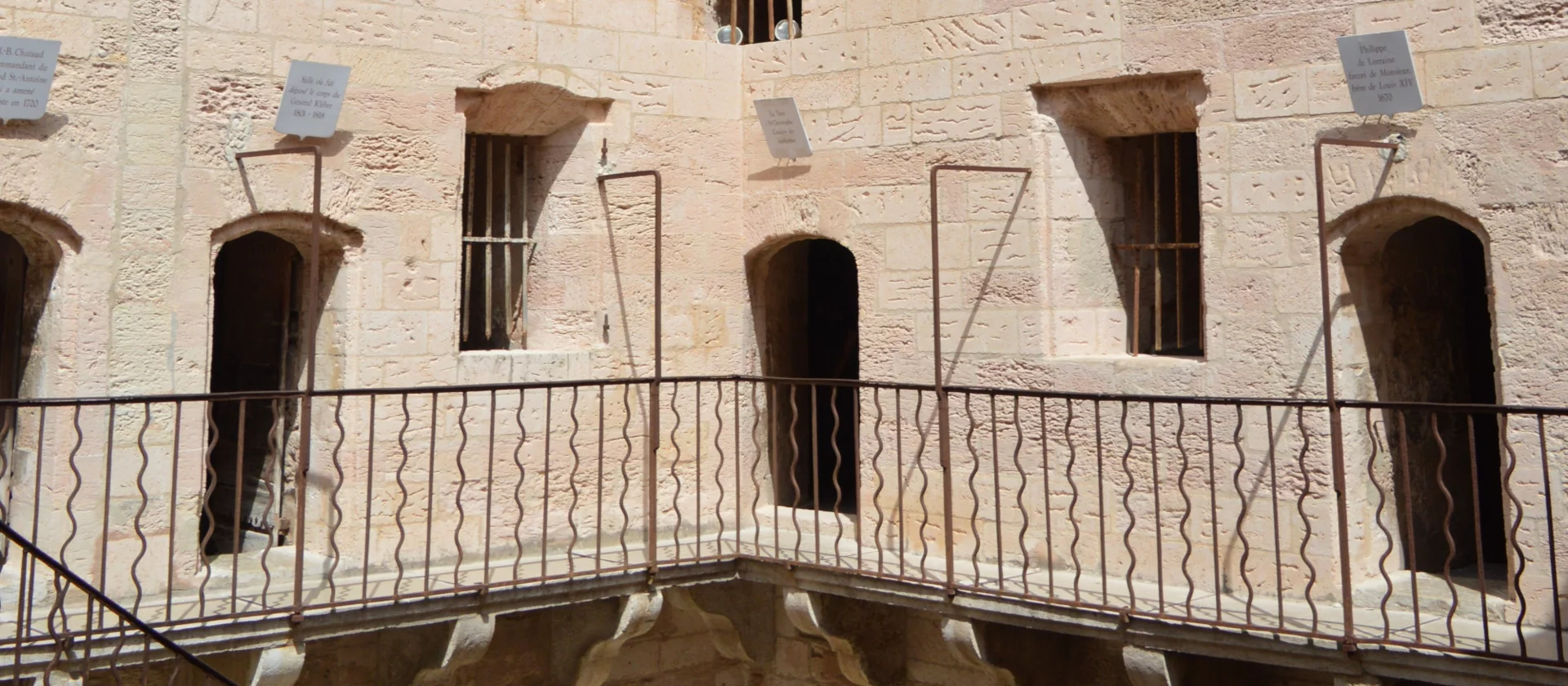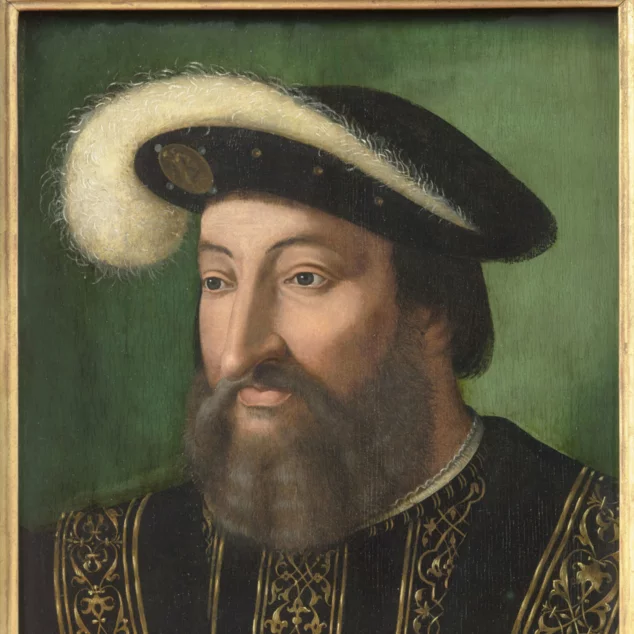History
article | Reading time7 min
History
article | Reading time7 min
By that we mean prisoners who actually existed... So, sorry for the die-hards out there, no Comte de Monte Cristo... in this article at least! Honorable mentions for a future king of Poland, a 16th-century conspirator and a 17th-century courtier.
This great figure of the French Revolution, the first symbol of parliamentary eloquence and consequently nicknamed "the Torch of Provence", stayed at the Castle of If for several months between 1774 and 1775. Honoré-Gabriel Riqueti (his real name) was just 25 years old and not yet known as the "People's Orator". What could this Provençal aristocrat have done to deserve such a fate?
Recently married to Émilie de Cauvet de Marignane, the young man is already in debt and his name, associated with an assassination attempt, is causing a scandal. His father has forbidden him to take out loans, and the King has forced him to withdraw to his lands. He fled to join his sister in Grasse, but was arrested and taken to d'If in September.
The young libertine wasted no time in the Marseilles prison. Taking advantage of the lenient conditions in his "pistole", he wrote his Discourse on Despotism denouncing the arbitrariness of royal power. Authorized to continue his epistolary exchanges, he did not forget his polite inclinations and seduced the fortress canteen maid ! Moved to the much cooler and more uncomfortable Fort de Joux, he also spent several periods in the Vincennes dungeon.
He became a leading figure in the early days of the French Revolution, serving as a deputy for the Tiers État in Aix-en-Provence and Marseille. In January 1790, he distinguished himself with a major speech calling for the release of the prisoners in the Castle of If. Honoré had a good memory! He died on April 2, 1791.
© Gallica / BNF
The most erudite will recognize this highly talented general of the French Revolution and Directoire, but will be astonished to learn that "Kléber was never locked up in the Castle of If!" Admittedly, he suffered a period of disgrace at the end of the second German campaign, but was never really troubled. What's the story? So, it's true, the man from Strasbourg was not incarcerated in Marseille... during his lifetime! But his remains remained in the Castle of If for many years. You're about to discover a strange story...
Taking part in the Egyptian campaign and appointed commander after Bonaparte's departure in 1798, Kléber was assassinated on June 14, 1800. The future Emperor, jealous of the Alsatian's prestige and worried about his republican aura, was not at all pleased. What to do with the remains ? There was no question of celebrating a national funeral, or even giving him a burial in France, which would risk becoming a place of republican pilgrimage. The body was embalmed and placed in a lead coffin. It was then repatriated to France in 1801 with the last troops to leave Egypt. Discreetly deposited in the Castle of If for quarantine purposes, it was conveniently forgotten by Napoleon. After a few ups and downs with the return of the Bourbons, Jean-Baptiste Kléber 's body was finally returned to his hometown in 1818. A final note: the general's best friend was Thomas Dumas, also a soldier and father of a certain Alexandre...
© Gallica / bibliothéque nationale universitaire de Strasbourg
On the face of it, this name evokes nothing in particular, except for specialists of Marseille and Provence. And yet... Jean-Baptiste Chataud, commander of the Grand-Saint-Antoine was confined to the Castle of If from September 1720 to September 1723. 1720? Of course, the terrible plague! The commander was accused of bringing the plague on board his ship. Here's a look at the facts.
May 25, 1720, the Grand-Saint-Antoine entered the port of Marseille from Lebanon. Its cargo: precious silk fabrics and cotton bales. But also the plague ! Yet, on arrival, the captain reports nine deaths, including the surgeon, during the voyage. This is a serious matter. The ship was placed under quarantine, but despite another death on May 27, all goods were unloaded at the infirmaries. Chataud's declarations were also falsified, attributing the disappearances to poor diet. Pressure from shipowners?
New deaths in June: serious concern. The ship was moved, the corpses buried in quicklime and their belongings burned. Too late... The goods did reach Marseille. The "evil that spreads terror ", in the words of La Fontaine, spread at lightning speed. Today, the death toll is estimated at over 100,000 - a quarter of the population of Provence decimated in three years...
Who was responsible ? One of the town's aldermen, who also owned part of the cargo, undoubtedly bears some responsibility. As do the sanitary stewards, who were certainly lax. And what about Chataud ? Three years in the Castle of If, which may well save his life. A fair return. He was found not guilty. He died in 1728.






